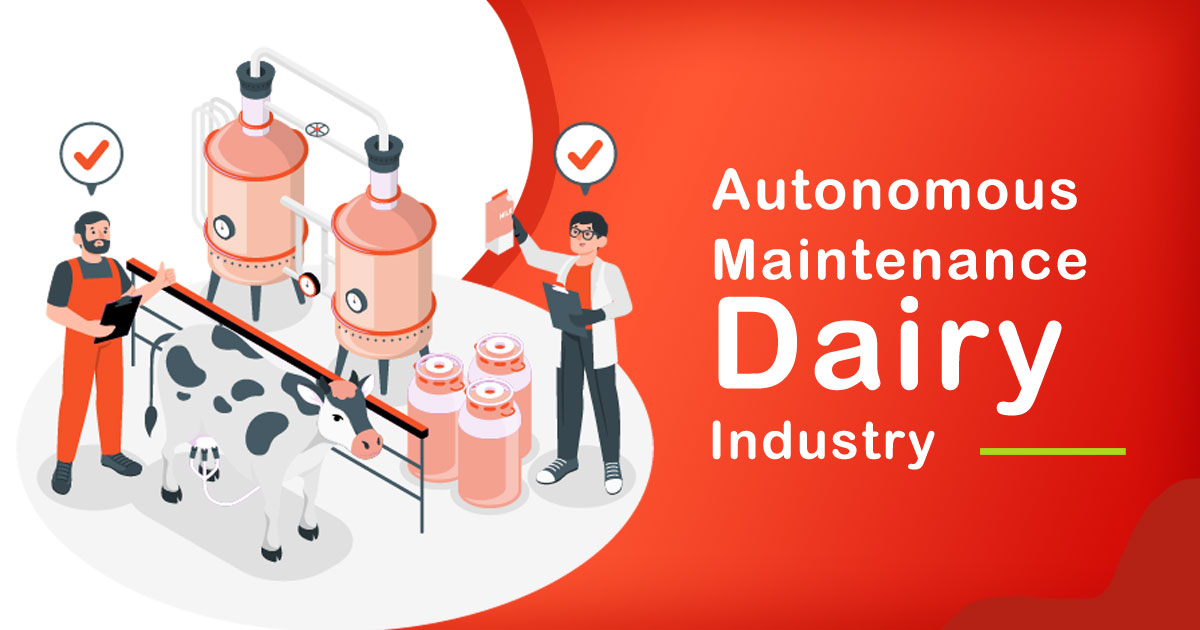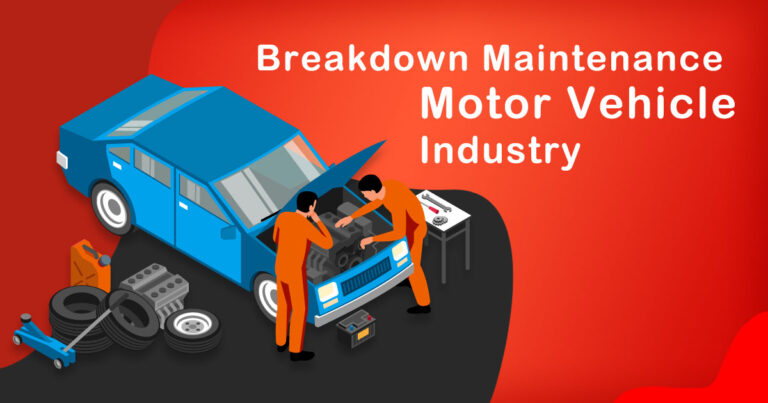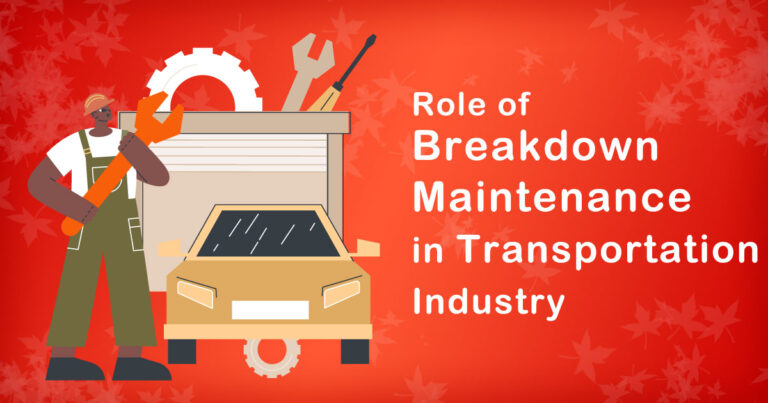Introduction
In recent years, India’s dairy industry has undergone significant transformations, making it one of the world’s largest producers of milk. As the demand for dairy products continues to rise, dairy producers are faced with the challenge of maintaining high-quality output while optimizing operational efficiency. In this context, autonomous maintenance has emerged as a game-changing practice that can revolutionize the dairy industry by reducing downtime, improving equipment reliability, and enhancing overall productivity. In this article, we will delve into the significance of autonomous maintenance in the Indian dairy sector, backed by research and facts.
1) The Growing Significance of the Indian Dairy Industry
The Indian dairy industry plays a pivotal role in the country’s economy, contributing significantly to employment generation, rural development, and food security. According to the National Dairy Development Board (NDDB), India is the world’s leading milk producer, accounting for over 20% of global milk production. This immense scale presents unique challenges in maintaining production efficiency, quality control, and profitability.
2) Understanding Autonomous Maintenance
Autonomous maintenance is a key pillar of Total Productive Maintenance (TPM), a proactive approach aimed at maximizing the effectiveness of equipment and processes. It empowers frontline workers by entrusting them with routine maintenance tasks, such as cleaning, inspection, and lubrication. The primary objective of autonomous maintenance is to reduce dependence on reactive maintenance, minimize equipment breakdowns, and foster a culture of ownership and continuous improvement.
3) Advantages of Autonomous Maintenance in Dairy Industry
Increased Equipment Reliability:
In a dairy plant, regular exposure to high levels of moisture, varying temperatures, and corrosive substances can lead to equipment deterioration. Autonomous maintenance ensures that equipment receives timely attention, reducing the risk of unexpected breakdowns and prolonging its lifespan.
Downtime Reduction:
Unplanned equipment downtime can severely impact dairy operations, leading to product wastage and production delays. By implementing autonomous maintenance, operators can detect potential issues before they escalate, enabling timely interventions to prevent downtime.
Quality Enhancement:
In the dairy industry, product quality is paramount. Ensuring equipment cleanliness and precision through autonomous maintenance contributes to consistent product quality, reducing defects and customer complaints.
Skill Development:
Encouraging employees to take responsibility for equipment maintenance fosters skill development and a sense of ownership among the workforce. Empowered workers are more likely to identify and address minor problems before they become major concerns.
4) Successful Case Studies of Autonomous Maintenance in Indian Dairies
Several Indian dairy companies have embraced autonomous maintenance and reaped its benefits:
1. Amul:
One of India’s leading dairy cooperatives, Amul, implemented autonomous maintenance across its various dairy plants. This initiative significantly reduced equipment breakdowns, leading to enhanced production capacity and cost savings.
2. Mother Dairy:
This dairy giant introduced autonomous maintenance practices in its manufacturing units. As a result, the company witnessed a considerable decrease in equipment downtime and improved product quality, gaining a competitive edge in the market.
5) Challenges in Implementing Autonomous Maintenance
While the advantages of autonomous maintenance are evident, its successful implementation requires overcoming certain challenges:
1. Mindset Shift:
Encouraging a cultural shift from reactive to proactive maintenance necessitates educating and engaging the entire workforce, from top management to frontline operators.
2. Training and Skill Development:
Providing adequate training and upskilling opportunities to operators is essential for them to carry out maintenance tasks effectively.
3. Data-Driven Approach:
Integrating digital tools and data analytics is crucial for monitoring equipment health, predicting failures, and optimizing maintenance schedules.
Conclusion
Autonomous maintenance has emerged as a powerful tool in the Indian dairy industry’s pursuit of excellence. By empowering frontline workers to take charge of equipment maintenance, dairy companies can enhance equipment reliability, reduce downtime, and improve overall productivity. Successful case studies from industry leaders like Amul and Mother Dairy demonstrate the transformative impact of autonomous maintenance. However, embracing this approach requires overcoming challenges, fostering a proactive mindset, and leveraging data-driven insights. As the dairy industry continues to evolve, embracing autonomous maintenance is a strategic imperative for dairy companies to remain competitive and deliver high-quality products in a sustainable manner.








